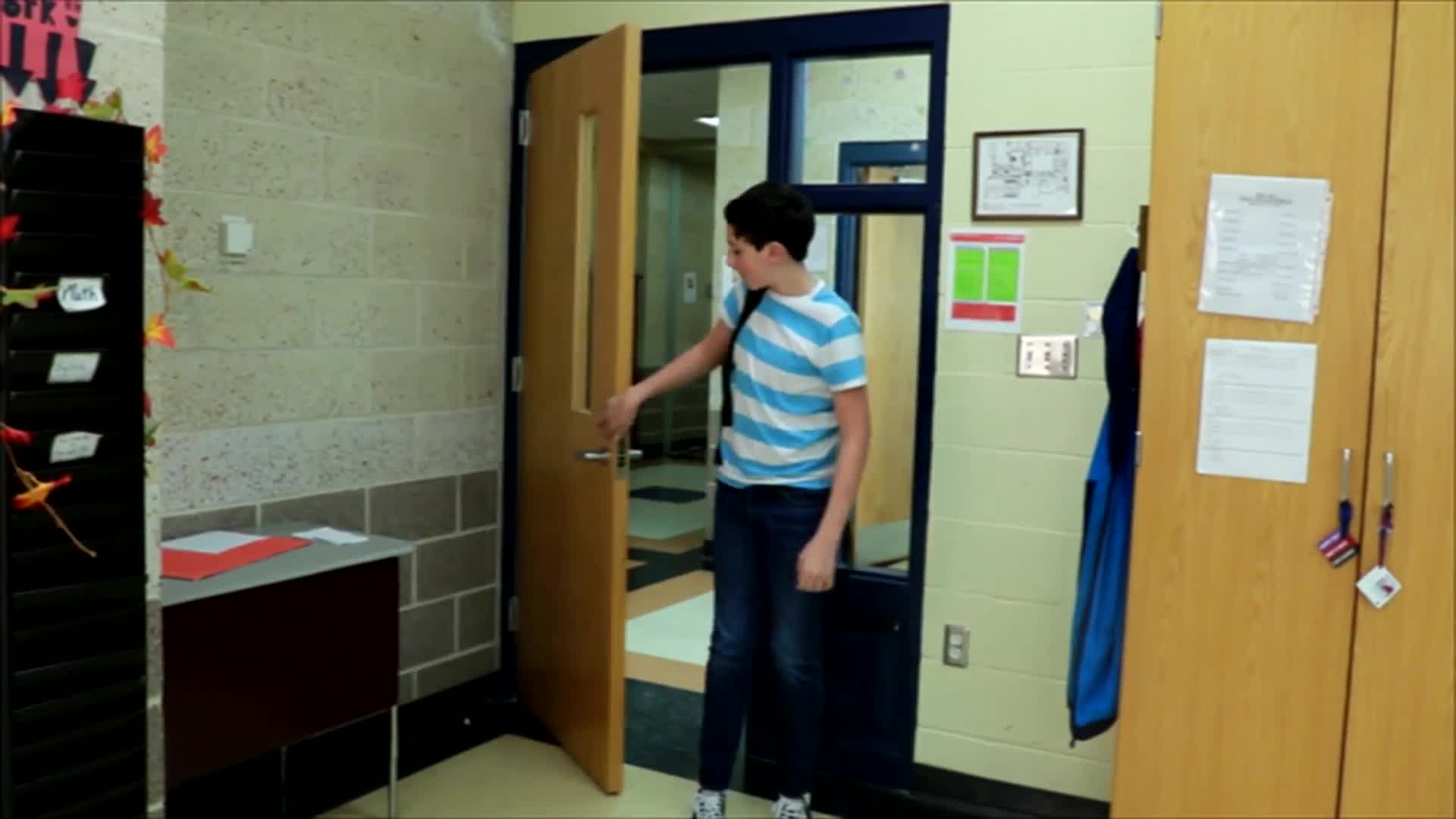
Introduction
As educators, we understand the importance of creating a calm and focused classroom environment. One significant aspect of this is teaching students how to enter the classroom in a quiet and respectful manner. In this blog post, we will explore an easy-to-implement activity that encourages students to practice this essential skill. We will also provide discussion questions, related skills, and next steps to further support your students’ social-emotional development.
No-Prep Activity: The Quiet Classroom Challenge
This simple, no-prep activity is designed to help students practice entering the classroom calmly and quietly. It can be easily incorporated into your daily routine, providing students with consistent opportunities to practice this skill.
- As students line up outside the classroom, explain the rules of the Quiet Classroom Challenge: they must enter the classroom slowly, quietly, and respectfully, just like Josh did.
- Once all students are inside, have them sit down at their desks, put away their belongings quietly, and pay attention to the teacher.
- Observe the students as they complete the challenge and provide positive reinforcement, such as verbal praise or a sticker, for those who successfully follow the rules.
- Repeat the Quiet Classroom Challenge regularly, providing ongoing opportunities for students to practice and improve this essential skill.
Discussion Questions
- Why is it important to enter the classroom quietly and calmly?
- How does entering the classroom in this way show respect for the teacher and other students?
- What are some strategies you can use to help yourself enter the classroom calmly and quietly?
- How does the Quiet Classroom Challenge help you practice this skill?
- How do you feel when the classroom environment is calm and focused?
Related Skills
Beyond entering the classroom calmly, there are several other skills that can contribute to a positive and focused classroom environment. These include:
- Active Listening: Teaching students how to listen attentively to the teacher and their peers during discussions and lessons.
- Mindfulness: Encouraging students to practice mindfulness techniques, such as deep breathing or visualization, to help them stay focused and calm.
- Respectful Communication: Helping students understand how to communicate with their peers and teachers in a respectful and polite manner.
- Conflict Resolution: Teaching students how to navigate and resolve conflicts with their peers in a peaceful and constructive way.
Next Steps
Now that you have learned about the importance of teaching students how to enter the classroom calmly, as well as the Quiet Classroom Challenge and related skills, it’s time to put these strategies into practice. To support your efforts, we invite you to sign up for free samples of our social-emotional learning materials. These resources will provide you with additional tools and strategies to help your students develop the essential skills they need for success in the classroom and beyond.

